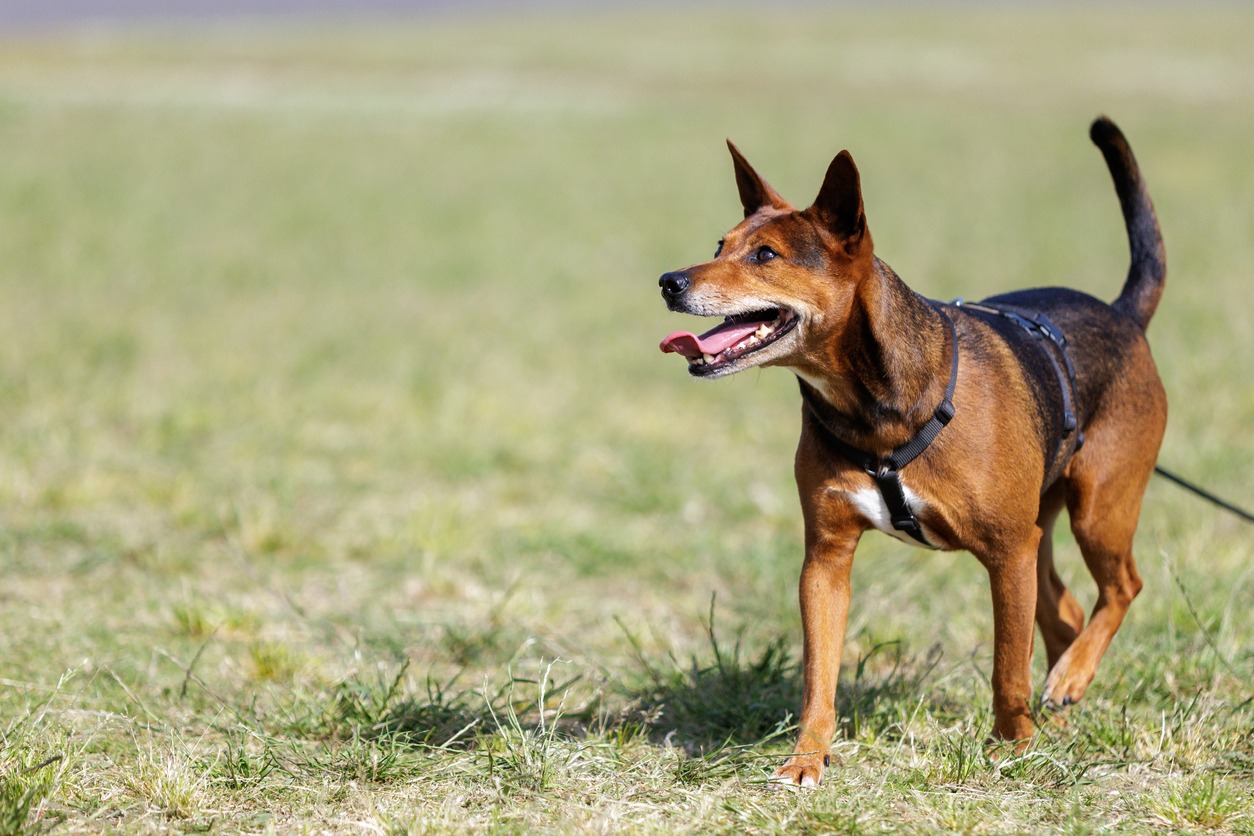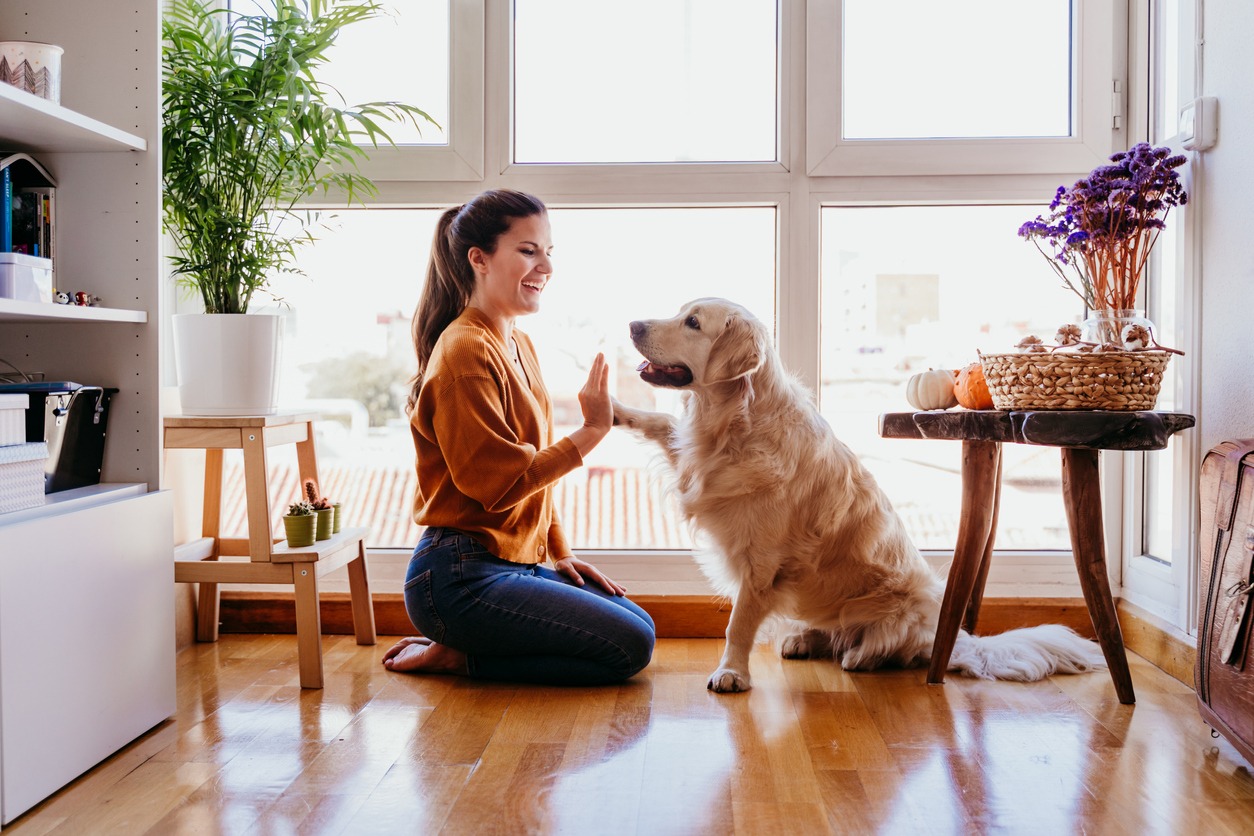Having a well-behaved dog is not only a source of pride for dog owners, but it also ensures a harmonious and enjoyable relationship between pet and owner. However, training a dog to be well-behaved requires patience, consistency, and the use of effective techniques. With so many conflicting tips and methods available, it can be overwhelming for dog owners to know where to start.
In this article, we will aim to provide a comprehensive guide on tips and techniques for a well-behaved dog. From basic obedience training to addressing specific behavioral issues, we will cover a range of tips and techniques that have been proven to be effective.
Communicate with your dog
Communication is a crucial aspect of training a well-behaved dog. Understanding your dog’s body language and using clear cues and commands can make a world of difference in their response and obedience. Pay attention to your dog’s body language, such as tail wagging, ear position, and eye contact, to better understand their emotions and needs. Consistent hand signals and a calm, assertive tone of voice can further enhance communication between you and your dog.
Use positive reinforcement training
Positive reinforcement is a powerful tool when it comes to training your dog. Unlike punishment-based techniques, which can create fear and anxiety in your pet dog, positive reinforcement focuses on rewarding good behavior to encourage learning and cooperation.
So, why is positive reinforcement so effective? First, it helps to build a strong bond between you and your dog. By using rewards such as treats, praise, and playtime, you are creating a positive association with the desired behavior, making your dog more likely to repeat it.
Also, positive reinforcement training allows your dog to think for themselves and make choices. Instead of being forced into compliance, they learn to make decisions based on the consequences of their actions. This encourages them to become active participants in their own training and fosters independent thinking.
Provide physical and mental stimulation
Regular exercise is crucial for a well-behaved dog. Dogs have a natural instinct to explore and be active, so it’s essential to provide them with appropriate outlets for their energy. Going for daily walks or runs not only keeps your dog physically fit, but it also provides mental stimulation through exposure to new sights, sounds, and smells. Consider mixing up your exercise routine with interactive play sessions, such as playing fetch or engaging in tug-of-war. These activities help strengthen the bond between you and your dog while keeping them entertained and mentally engaged.
In addition to physical exercise, mental stimulation is key to a well-behaved dog. Dogs are intelligent animals that thrive on mental challenges. Engaging their minds can help improve problem-solving skills, reduce boredom, and increase focus.
One way to provide mental stimulation is by incorporating puzzle toys into your dog’s playtime. These toys require your dog to use their problem-solving abilities to obtain treats or toys hidden within. Obedience training is another great way to mentally stimulate your dog. Teaching them new commands, tricks, or even participating in agility training can keep their minds sharp and focused.
Socialize your dog from a young age
Dogs are social creatures that need to interact with others to develop proper behavior and communication skills. Whether you have a brand-new puppy or an older dog, it’s never too late to start socializing them.
The importance of early socialization for dogs cannot be emphasized enough. During the first few months of a puppy’s life, they go through a critical period of development. This is when their brains are most receptive to new experiences, making it the perfect time to introduce them to various people, animals, and environments. By exposing your pup to a wide range of stimuli during this period, you can help them grow into a confident and well-adjusted adult dog.
Properly socializing your dog involves gradual exposure to different situations, people, and animals in a positive and controlled manner. Start by introducing your pup to family members, friends, and neighbors. Encourage gentle play and interaction, rewarding good behavior with treats and praise.
As your dog becomes more comfortable, gradually introduce them to other dogs in controlled settings such as obedience classes or dog parks. Always supervise these interactions and intervene if necessary to ensure a positive experience for all parties involved.
Consistency is key in training
Dogs thrive on routine and clear expectations, and establishing consistent rules is essential for their development and behavior.
To ensure consistency in training, it is crucial to establish clear and concise rules. Decide on the behaviors you want to teach your dog and the commands you will use. For example, if you want your dog to sit, use the same command every time, such as “sit” or “park.” Consistency in the language you use will help your dog associate the command with the desired action.
In addition, make sure everyone in your household is on the same page and uses the same commands and techniques.
Consistency is not limited to training sessions alone; it should be applied in everyday interactions with your dog. For instance, if you allow your dog to jump on you when you arrive home one day but scold them for the same behavior the next day, it sends mixed signals. Consistency means enforcing the rules consistently, no matter the situation. By doing so, your dog will learn what is expected of them and be more likely to exhibit well-behaved behavior consistently.
Seek professional help if needed
One of the main reasons why it is essential to seek professional help for behavioral issues is that these problems can be complex and challenging to address on your own. A professional dog trainer or behaviorist has the knowledge and experience to identify the root causes of your dog’s behavior problems and formulate a tailored training plan to address them effectively.
Finding a reputable dog trainer or behaviorist is crucial to ensuring that you receive the best guidance for your dog. Start by asking for recommendations from your veterinarian, friends, or fellow dog owners who have successfully dealt with similar issues. Online resources such as professional organizations and review websites can also provide valuable insights into the reputation and expertise of potential trainers or behaviorists.
Provide a safe and comfortable environment
Creating a designated space for your dog is the first step towards fostering a well-behaved dog. Just like humans, dogs also need their own personal space where they can relax, recharge, and feel secure. Whether it’s a cozy corner in your living room or a specially designed crate, having a designated area for your dog will help them feel safe and comfortable.
When it comes to creating this space, consider your dog’s needs and preferences. Some dogs may prefer a quiet and secluded area, while others may enjoy being in the midst of all the action.
Ensuring a calm and peaceful space is crucial for your dog’s overall well-being. Dogs are highly sensitive to their surroundings, so it’s essential to create an atmosphere that minimizes stress and anxiety. Avoid loud noises, excessive commotion, and chaotic suroundings as much as possible.
Teach basic obedience commands
When it comes to having a well-behaved dog, one of the most crucial aspects is teaching them basic obedience commands. Not only does this ensure their safety and the safety of others, but it also strengthens the bond between you and canine companion.
Imagine a scenario where your dog suddenly bolts out the front door and into a busy street. However, if they are trained to respond to a command like “stay” or “come,” you can quickly regain control over the situation, potentially saving their life. In addition, basic obedience commands such as “sit,” “stay,” and “leave it” can prevent them from engaging in dangerous behaviors like jumping on strangers, chasing after other animals, or eating something harmful.
As with any training, challenges may arise along the way. One common challenge is when your dog becomes easily distracted, especially in a stimulating environment. To overcome this, start training in a quiet and familiar place, gradually progressing to more challenging areas.
If your dog is resistant to following commands, it could be helpful to break the training sessions into shorter, more frequent sessions. Remember to always remain patient, calm, and consistent during training to set your dog up for success.
Address any behavioral issues promptly
Having a well-behaved dog is not just a matter of convenience, it is essential for creating a harmonious and happy household. If left unaddressed, behavioral issues can escalate and cause stress for both you and your dog.
Common behavioral issues in dogs can range from excessive barking, chewing, digging, jumping on guests, aggression, separation anxiety, and even house soiling. It’s important to note that these behaviors can have various causes, such as boredom, lack of exercise, fear, anxiety, or even a lack of proper training and socialization.
For example, if your dog tends to jump on guests when they arrive, teach them an alternative behavior, such as sitting or staying. When your dog successfully follows the desired behavior, reward them immediately with praise or a treat. With consistent repetition, your dog will learn that sitting or staying is more rewarding than jumping on people.
However, it’s important to remember that not all behavioral issues can be resolved with simple techniques. For more complex problems, seeking professional help is highly recommended. A certified dog trainer or behaviorist can provide expert guidance tailored to your dog’s specific needs and challenges. They can help identify the underlying causes of the behavioral problems and develop a customized training plan.
Show love and affection to your dog
Spending quality time with your furry friend is not only enjoyable but also essential for their overall well-being. Engage in activities such as playtime, walks, and training sessions to foster a strong bond and establish trust. This quality time together will strengthen your relationship and make your dog more receptive to training.
Conclusion
Having a well-behaved dog is not just a dream, but a reality that can be achieved with the right tips and techniques. By understanding your dog’s needs, establishing clear boundaries, and using positive reinforcement, you can create a harmonious and enjoyable relationship with your dog.





